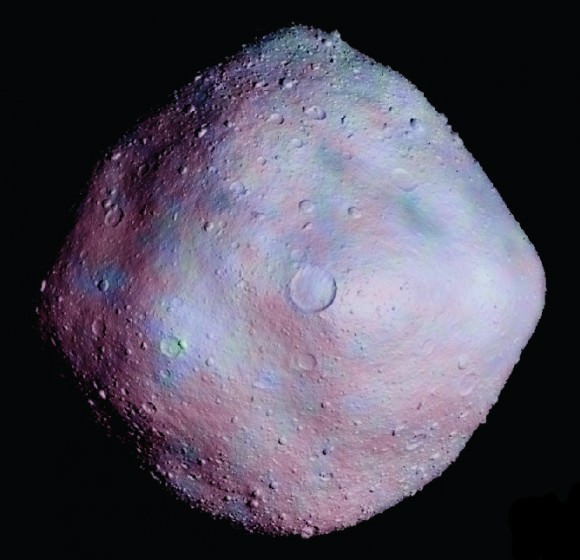If you are an amateur astronomer who likes a challenge, NASA has a new project and is looking for a little help from their amateur astronomers friends. Called called “Target Asteroids!” the project is part of the upcoming OSIRIS-REx mission to improve basic scientific understanding of Near Earth Objects. NASA is hoping amateur astronomers can help in the mission by discovering new asteroids and studying their characteristics to help better characterize the population of NEOs. NASA says amateur contributions will affect current and future space missions to asteroids.
Amateur astronomers can help determine the position, motion, rotation and changes in the intensity of light asteroids emit. Professional astronomers will use this information to refine theoretical models of asteroids, improving their understanding about asteroids similar to the one OSIRIS-Rex will encounter.
OSIRIS-REx (Origins Spectral Interpretation Resource Identification Security – Regolith Explorer) is scheduled to launch 2016 and will be a sample return mission from an asteroid, 1999 RQ36. When it meets up with the asteroid in 2019, it will map the asteroid’s global properties, measure non-gravitational forces and provide observations that can be compared with data obtained by telescope observations from Earth. In 2023, OSIRIS-REx will return back to Earth at least 2.11 ounces (60 grams) of surface material from the asteroid.
Target Asteroids! data will be useful for comparisons with actual mission data. The project team plans to expand participants in 2014 to students and teachers.
“Although few amateur astronomers have the capability to observe 1999 RQ36 itself, they do have the capability to observe other targets,” said Jason Dworkin, OSIRIS-REx project scientist at NASA’s Goddard Space Flight Center in Greenbelt, Md.
Previous observations indicate 1999 RQ36 is made of primitive materials. OSIRIS-REx will supply a wealth of information about the asteroid’s composition and structure. Data also will provide new insights into the nature of the early solar system and its evolution, orbits of NEOs and their impact risks, and the building blocks that led to life on Earth.
Amateur astronomers long have provided NEO tracking observations in support of NASA’s NEO Observation Program. A better understanding of NEOs is a critically important precursor in the selection and targeting of future asteroid missions.
“For well over 10 years, amateurs have been important contributors in the refinement of orbits for newly discovered near-Earth objects,” said Edward Beshore, deputy principal investigator for the OSIRIS-REx mission at the University of Arizona in Tucson.
Source: Universe Today

No hay comentarios:
Publicar un comentario